Tags
Related Posts
Share This
Shrouds
“How do you photograph the disappeared?”
Erika Diettes posed this question to herself when planning out her photographic project, Sudarios. The disappeared in her case were the victims of violent attacks on Columbian citizens by the guerrilla warfare that has plagued their country over the past 60 years.
Her final execution of this rather intense and emotionally exhausting subject matter seemed so intentional and precise that one hardly questions the story behind it. Displayed at the Immaculate Heart of Mary Chapel, due to the sacred and pristine nature of Catholic churches, Diettes aligned 16 silk-screen photographic prints of women’s faces, all in black and white. The prints were hung from the ceiling and arranged symmetrically, allowing the pictures to blend together from certain angles and come together as a whole when viewed from the center.
Diettes interviewed and photographed the victims’ family members—all of whom were women in the project’s final draft—at each individual’s exact moment of horror. During interviews that spanned up to three hours in duration, Diettes had a therapist sit down with victims and guide them through the
atrocities they had witnessed firsthand. Although Diettes hadn’t originally planned to only use female subjects, as she gathered interviews and looked at the photographs, she realized that the emotion drawn from the viewer looking at a woman’s face who has experienced a traumatic event, is similar to that of a mother’s loss of her son. This loss of love, she said, is how she wants the viewer to feel while walking past the photographs.
According to Diettes, the pictures she has displayed were at the moment in the interview that the subject couldn’t open their eyes. She felt that this moment where loss has been established, but not yet accepted, is the key to giving the disappeared a face. The faces of the loved ones, tormented and drained by sorrow, represent all that has been lost and gained from this violence.
In the center of the church, the focal point of Sudarios, a woman is seen displaying visible grief and pain. However, her eyes, unlike the others, are open. “She represents the emptiness.” Diettes explained. The woman couldn’t close her eyes because she simply couldn’t look away.
Her “lights are on, but nobody’s home” look screams at the viewer with such chaotic intensity that one begins to realize how long the grieving process is and whether or not it can ever truly be healed.
Why someone would wish to delve into such a grim topic is a question for Diettes herself. She described hearing about the shooting death of her uncle from a news report rather than a family member or witnessing it firsthand. She stated that this incident caused her to question the perception one has of violent crimes, or loss in general, and how the way one finds out about this information can change an individual’s outlook on the event. While Diettes did not witness the violent attack firsthand, she was undoubtedly affected by it.
Grounded in years of dedicated investigation, Diettes believes that her mission in life is to bring awareness to violence. Like a detective who is stuck on a particularly intriguing case, Diettes’s dedication to not only the victims themselves, but the emotional and political impact they can carry with them, is admirable, if not heroic.






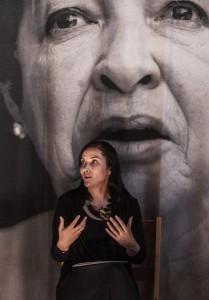

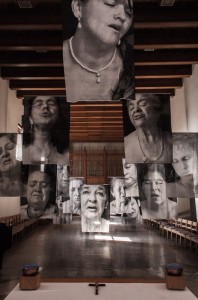
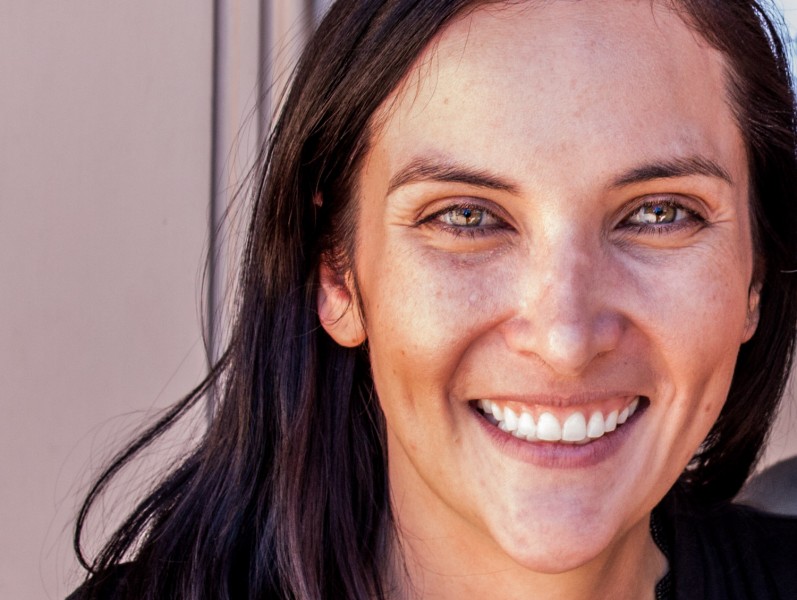
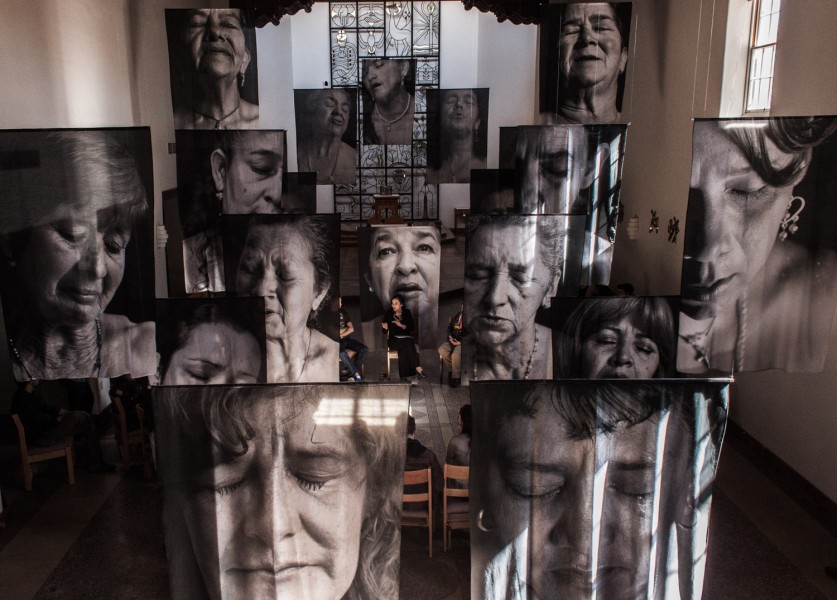
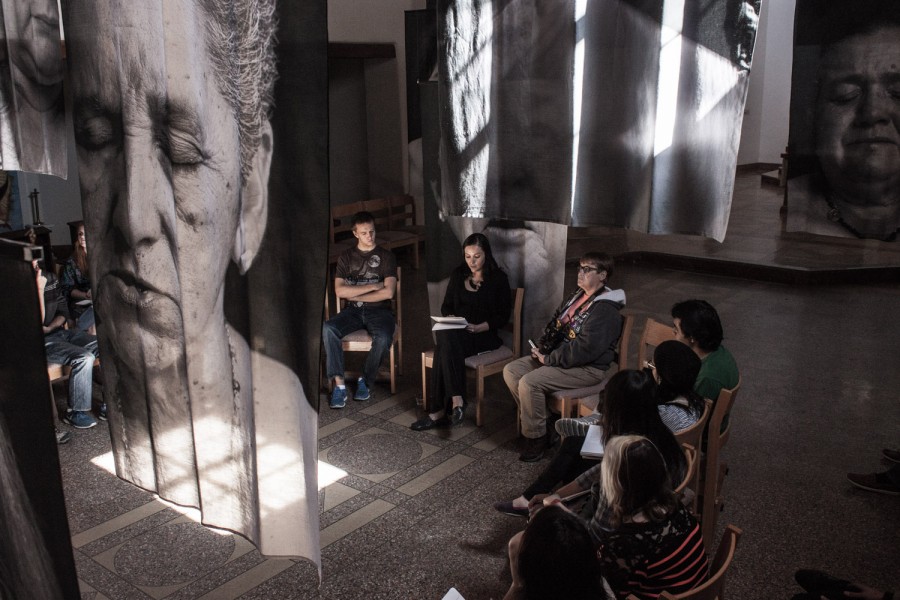
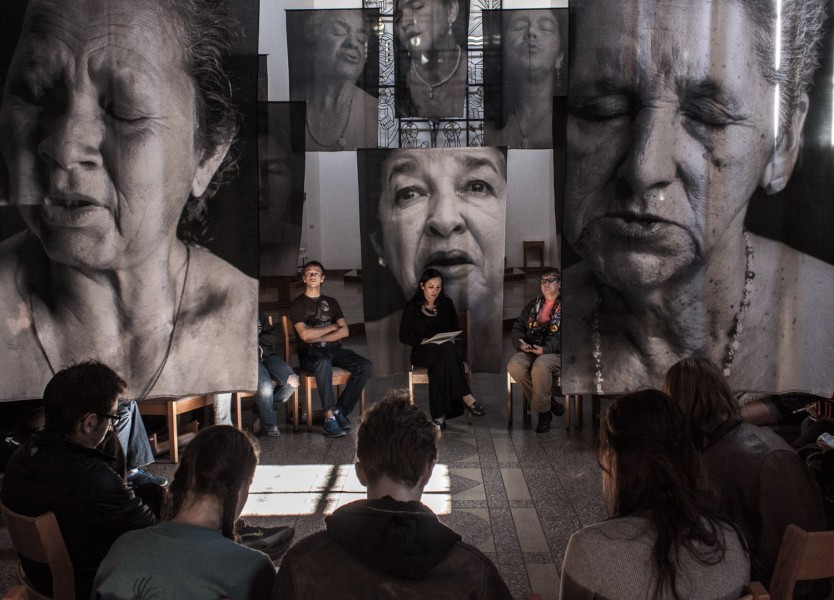
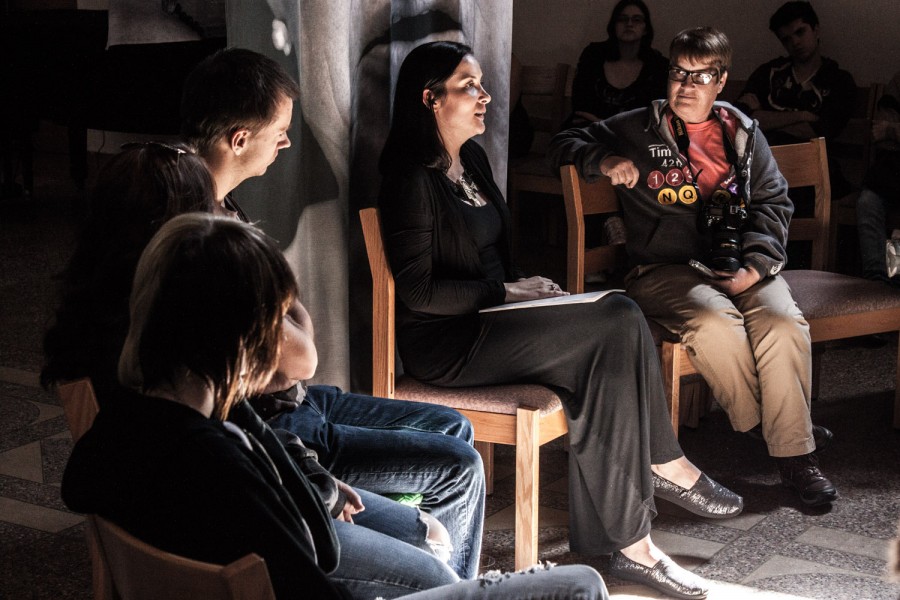
 Jackalope Magazine is the student magazine of Santa Fe University of Art and Design. Building on the interdisciplinary nature of our education, we aim to showcase the talent of our university and character of our city.
Jackalope Magazine is the student magazine of Santa Fe University of Art and Design. Building on the interdisciplinary nature of our education, we aim to showcase the talent of our university and character of our city.
Recent Comments